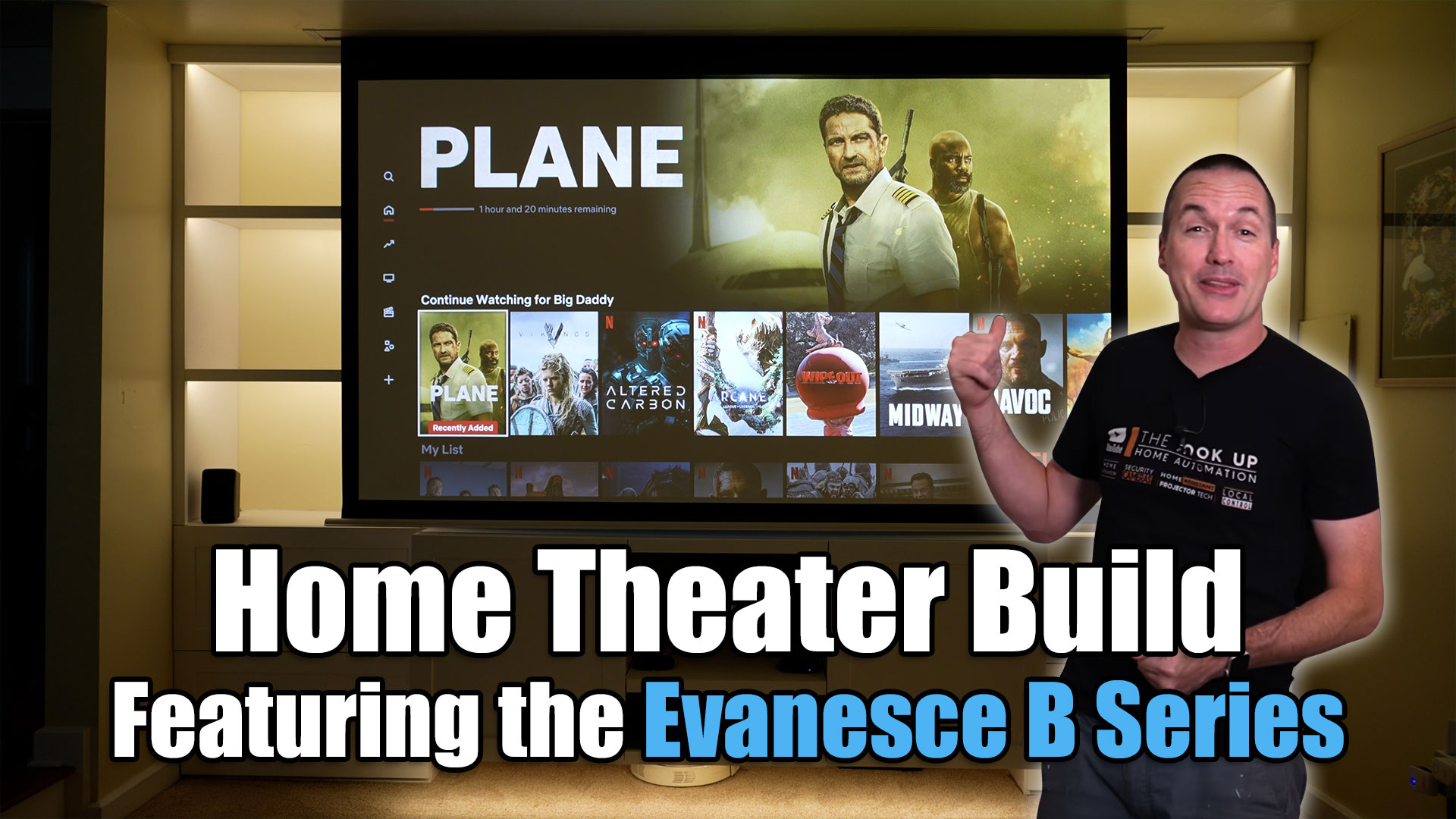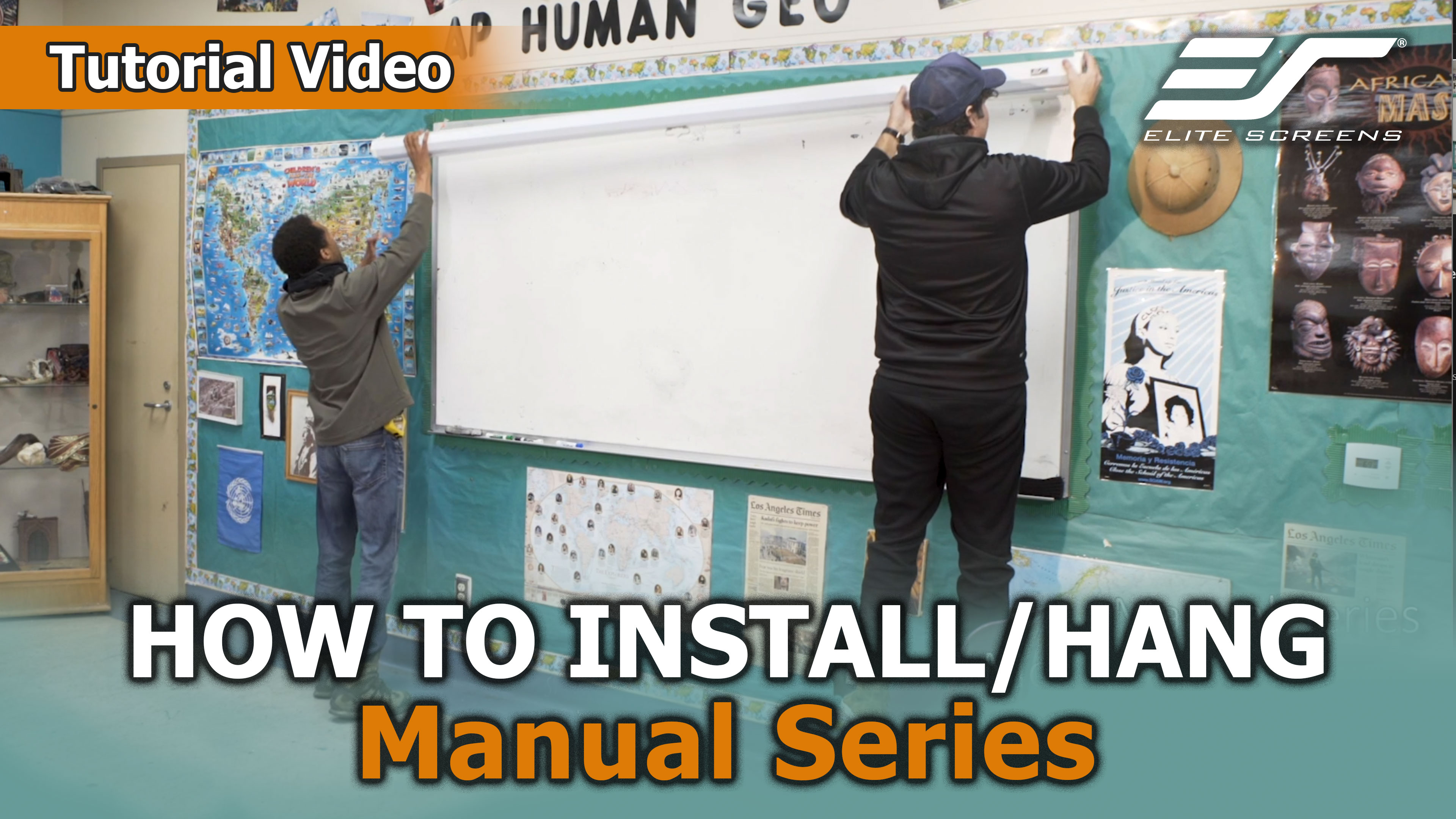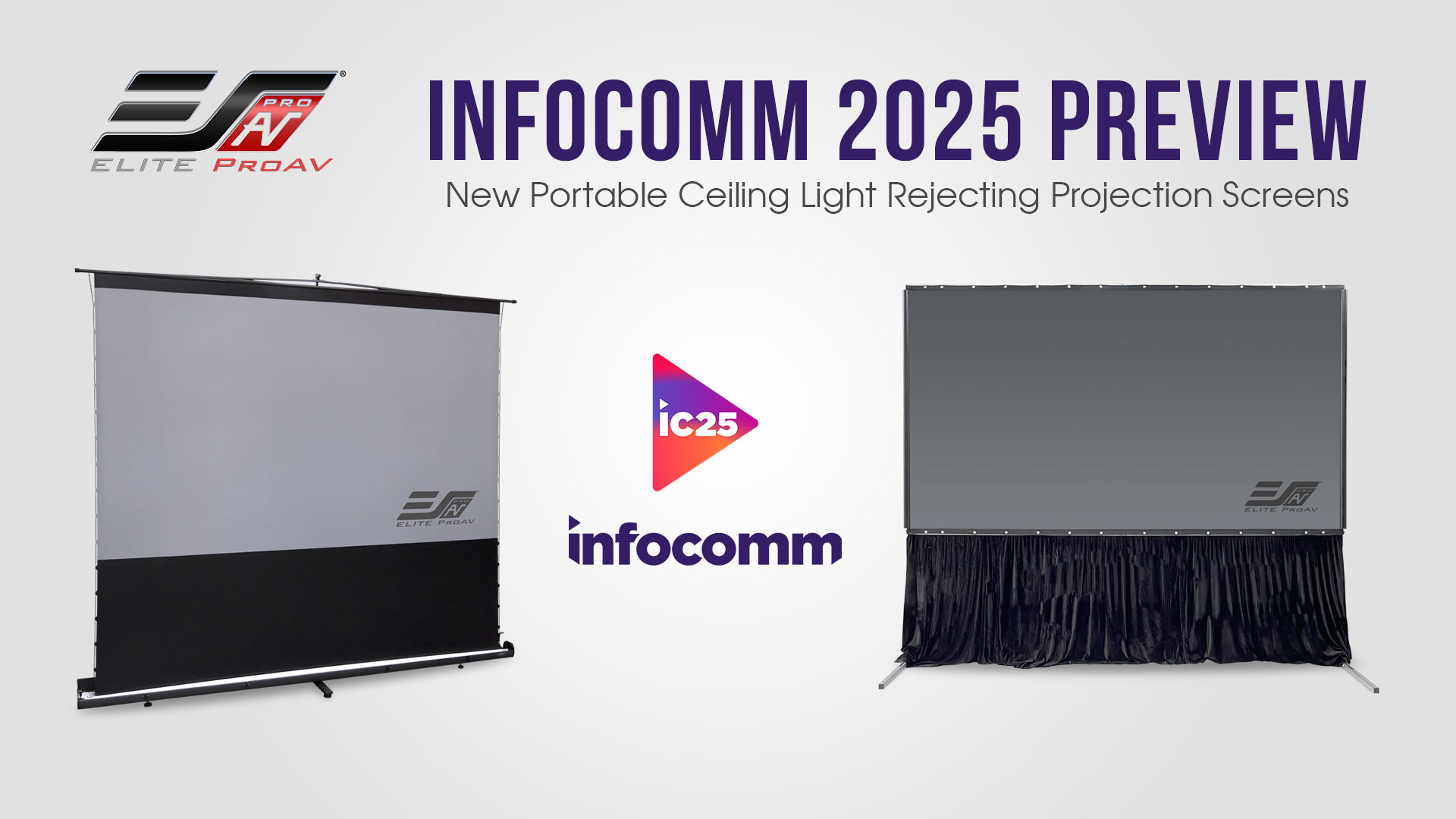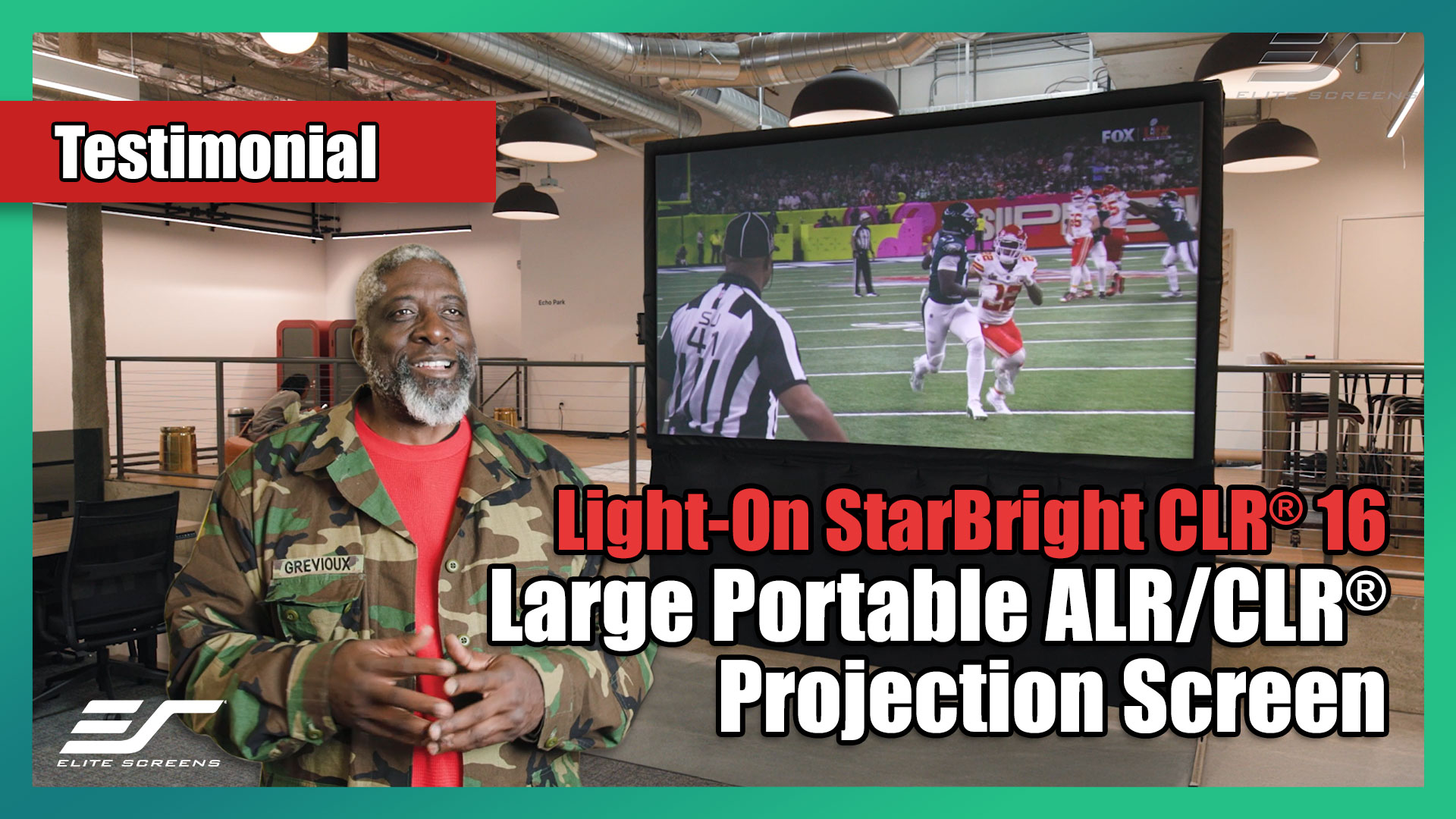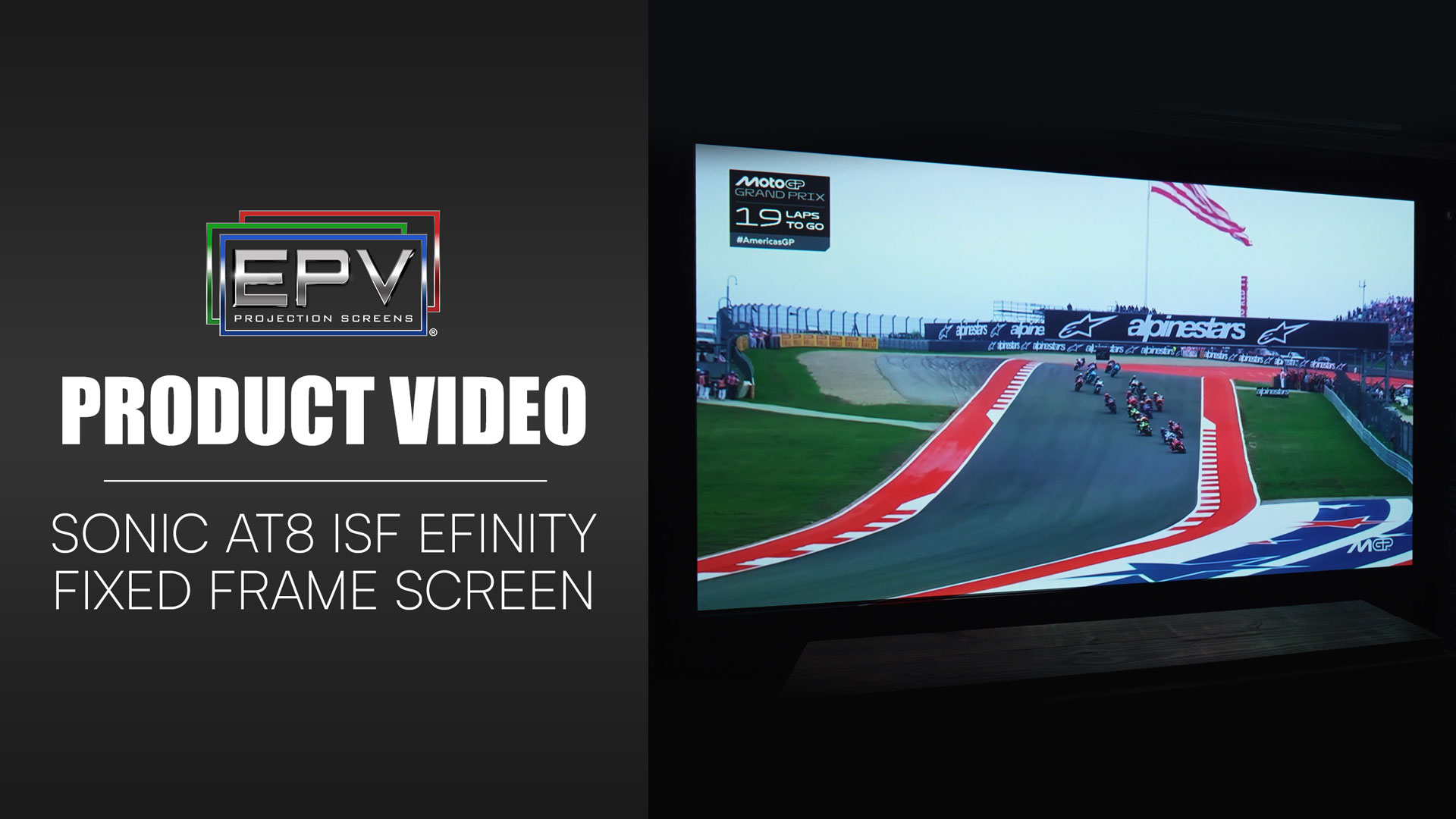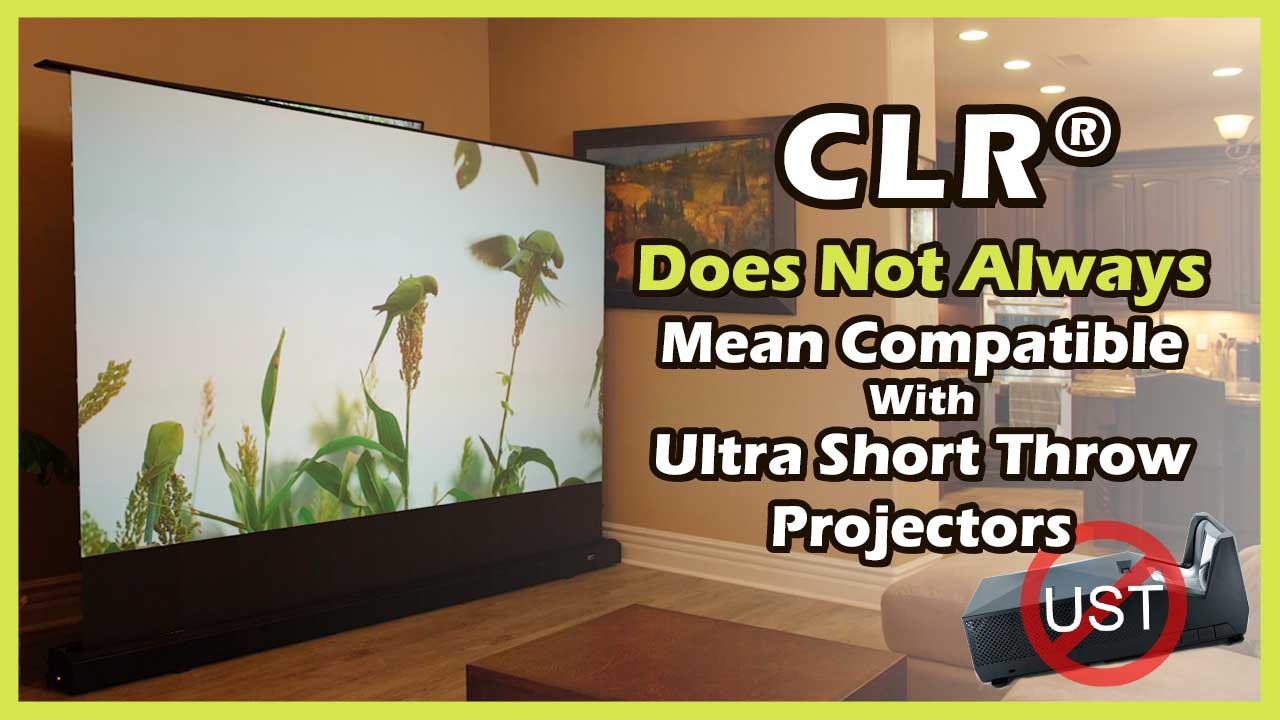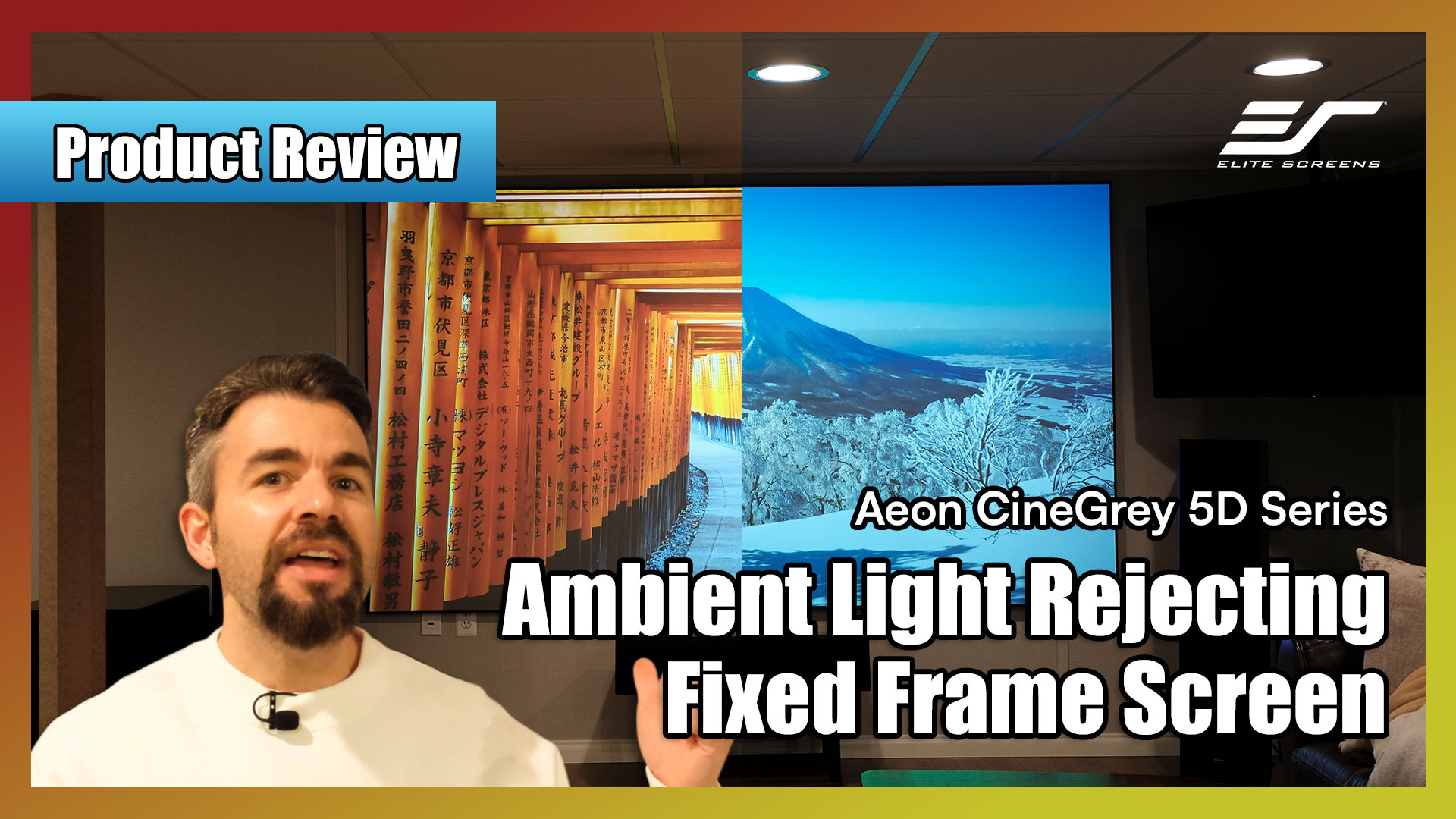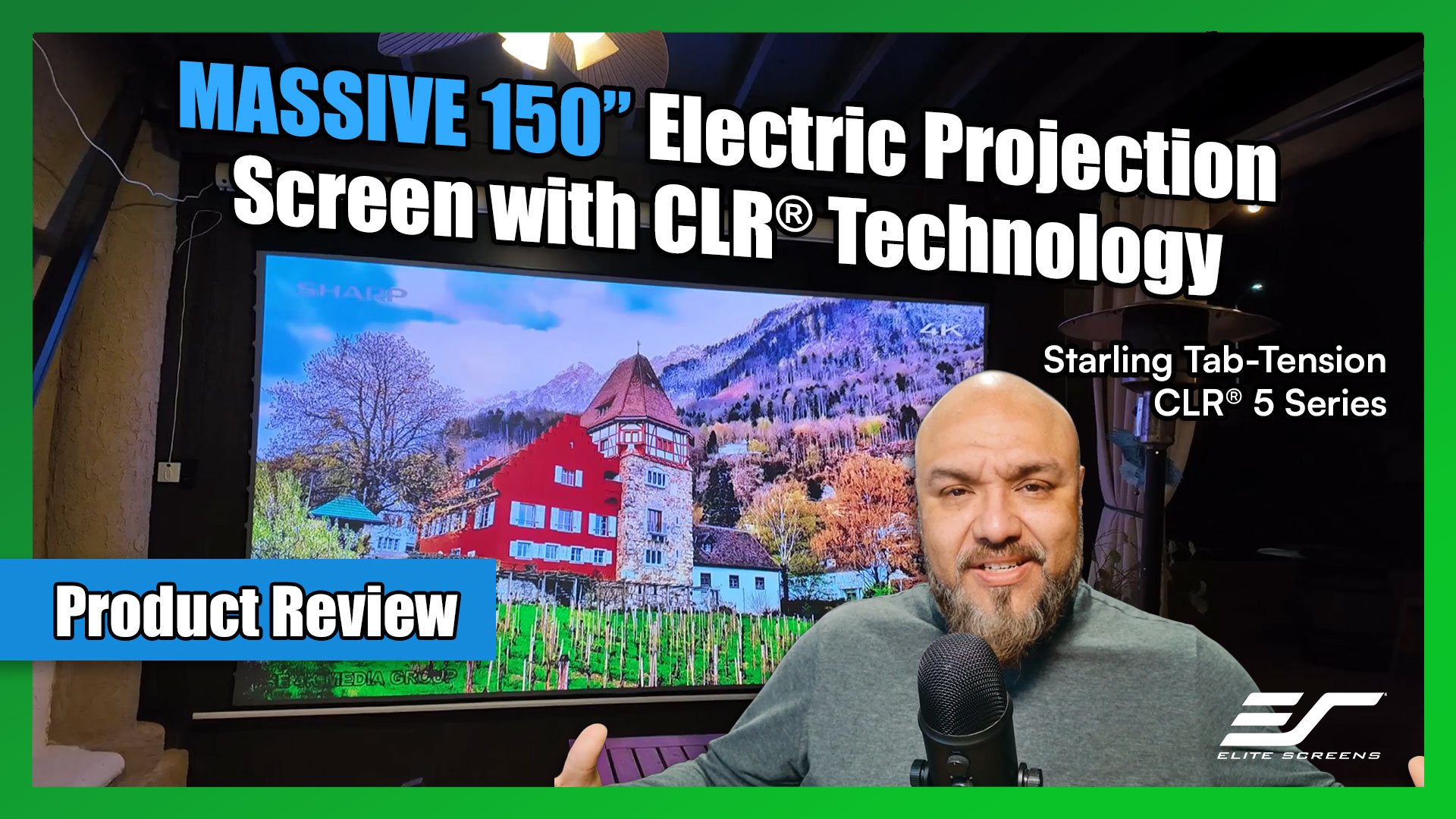- Location: Community Chapel World Outreach: Norwalk, CA.
- Date: Oct. 26, 2011
- Product: PVR180GH1
I have seen a lot of church installations that were so focused on putting up a projected image that they forgot all about the aesthetic value and its importance to the members of the congregation. Regardless of it being a classroom, Chapel or Sanctuary, installing a projector and its screen the right way is crucial to the visual appeal of the room. Poorly planned and sloppy installations are a pet hate of mine and they have made their mark on far too many houses of God.
Common mistakes
- Exposed wiring on walls: They are unsightly, usually out of code and likely to be an inevitable shock or fire risk.
- Asymmetrical installations: There are certain church environments where a large fixed frame or electric projection screen clashes with the architecture.
- Misplaced projectors: The proverbial “holy grail” of botched installations. They are either table(too low) or high ceiling (too high) mounted so that they throw a badly keystoned image. Other mistakes in projector placement are when they are either mounted too far forward to too far back. This causes the projected footprint to be either larger or smaller than the screen itself. If anything triggers a bout of OCD with me, it is that.
Solutions to these mistakes
- Make sure a professional does the wiring. Your congregation may have a willing handyman with good intentions but his/her lack of doing a proper and compliant wiring job will create a big problem in the future. There are a lot of contractors in this industry that are committed to ethical business practices and will happily perform a legal (up-to-code) installation at a fair price. A good rule of thumb is to never cut corners on having an electrical installation properly done.
- Few things are uglier than seeing the sharp horizontal line of a projection screen ruin the visual flow of graceful arches in a traditionally designed church. There are different designs that are appropriate for different situations. Some installations have uneven walls, high cathedral ceilings or an architectural flow that would clash with a fixed projection screen installation. For these situations, it is highly recommended that a portable or electric free-standing projection screen be used along with a cabinet/podium mounted projector. A free- standing screen will appear out of nowhere and disappear just as quickly. They will not spoil the architectural aesthetics and they do not rely on either the ceiling or walls to support them. Free-standing screens also align beautifully with a “table top” projector. This allows the church to have a fully disappearing projection screen. There are stylish electric installed models available for this as well as portable units that are more suitable to a more conservative budget. If the room is more squared or modern looking, a fixed frame projection screen should give a real “professional-media” look. Because most large public venues rely on large screens, they will not be out of place with a large congregation. Fixed frame projection screens provide a readily accessible surface to show song lyrics, scripture and other visual aids to enhance the service. Lastly, if the structure has open spaces or ceiling beams, it may be an ideal place for a large electric wall/ceiling screen. These conveniently drop down from the ceiling when needed and disappear just as quickly when they are not in use.
- Frame the picture: You would not put a fine painting in a mismatched frame so why do it with a projected image during services. There are tricks to using a projector in various installations. High ceilings in converted facilities often have ventilation ducts, pipe works or hanging banners. All of these can be used to camouflage a projector suspended from the ceiling on the end of an extended pole mount. High ceilings using comparatively low screens can get away with using a “table top” projector installation. However, the latest developments in short-throw projectors have made them quite affordable. A short throw projector can either be mounted directly to the wall or a few inches from it. The projected image will fill the entire frame-size of the screen.
Hands down, the greatest recent invention is the short-throw projector. 3-D screens are fun and acoustically transparent screens allow for sound to breathe right through the image but the short-throw projector has revolutionized the art of appropriate projection screen placement. Ceiling mounted projectors work sell in some environments but may look out of place when hanging from the rafters of a high cathedral ceiling. In addition to this, table mounted projectors cannot accurately put an image up to high or it will keystone into a wedge-shaped image. The short-throw projector eliminates these problems allowing the screen and projector to be placed together.
Q. What should a church be thinking about with regards to projection screens for this type of venue?
There is a strong advantage of the video venue especially in larger congregations. Often times, the pastor/speaker is too far away for the average viewer. Putting the pastor/speaker’s face up on a screen makes the experience more personal by allowing his/her face to be seen. The congregation gets the satisfaction of hearing the word in person and seeing the speaker’s face during the message.
Video is a valuable element in any type of modern presentation. It allows the congregation to see the speaker with clarity and it allows them to see visual aids. People can relate more to pictures than ever before. A congregation can make up for the dearth of a good high-dollar video system by acquiring an entry-level projector and a portable screen. Both projector and screen can be acquired for less than $500 each. The media player can run off a laptop that links easily into the existing audio system. This is a non-invasive solution that will not impact the architecture of the church and is very cost effective.
The people of North America are a media-culture. We understand big-screen presentations. We like pictures. Telling about Paul’s travels or Christ’s time in the Wilderness can be better illustrated by a visual representation. I endorse a good audio-video system as essential to the house of worship community.

